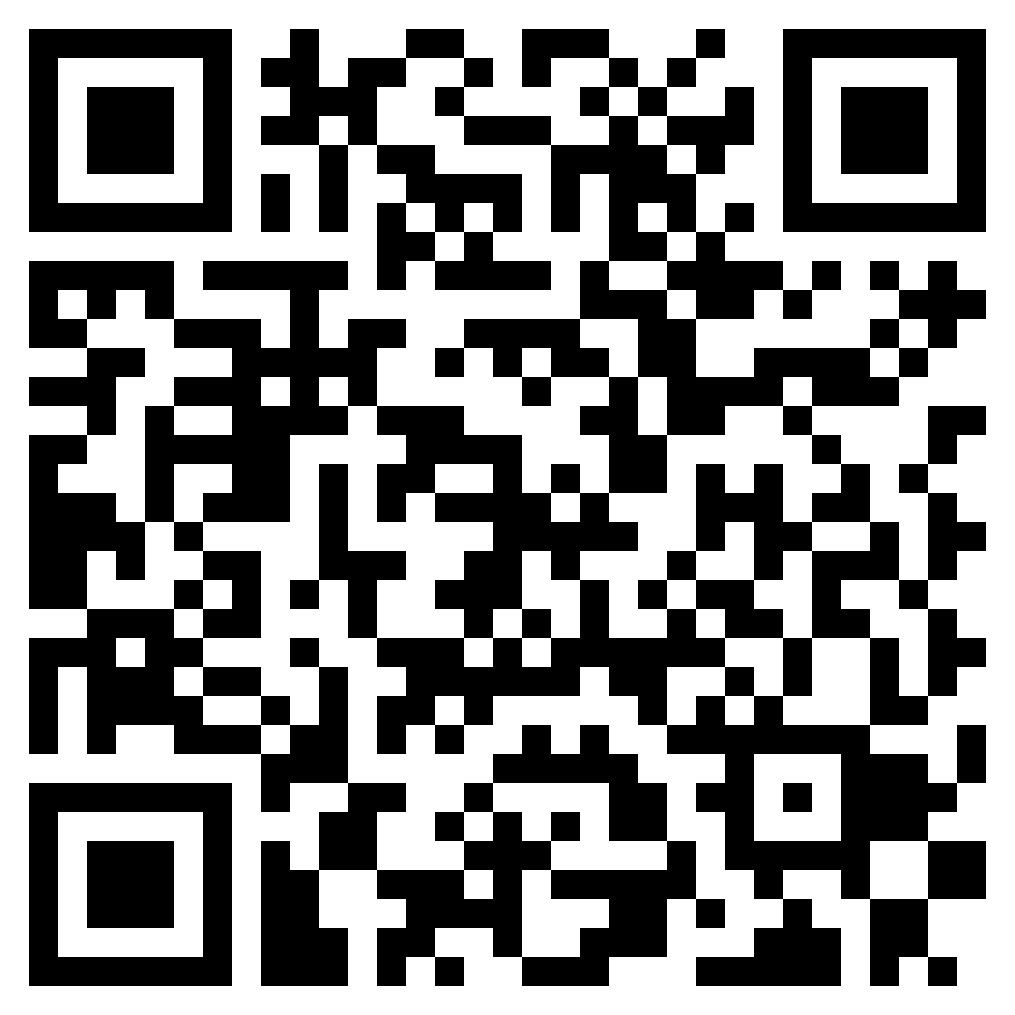SAFFRON AND ITS APPLICATION IN MEDICINE
DOI:
https://doi.org/10.55640/eijmrms-02-04-46Keywords:
Saffron, crocin, crocetin esters, safranal, picrocrocin, nutraceuticalAbstract
This article describes the saffron plant and its medicinal properties, chemical properties, application in medicine and examples from experiments conducted by scientists on it.
References
Carmona M., Zalacain A., Alonso G.L. The Chemical Composition of Saffron: Color, Taste and Aroma. Bomarzo SL; Albacete, Spain: 2006. [Google Scholar]
International Organization for Standardization (ISO) ISO 3632-1 Saffron (Crocus sativus L.). Part 1 (Specification) and Part 2 (Test Methods) ISO; Geneva, Switzerland: 2011. [Google Scholar]
Código Alimentario Español; Boletín Oficial del Estado Español No. 248. Agencia Estatal Boletín Oficial del Estado; Madrid, Spain: 1967. p. 14384. [Google Scholar]
Alonso G.L., Zalacain A., Carmona C. Handbook of Herbs and Spices. 2nd ed. Volume 1. Woodhead Publishing Limited; Philadelphia, PA, USA: 2012. Saffron; pp. 469–498. [CrossRef] [Google Scholar]
Samarghandian S., Borji A. Anticarcinogenic effect of saffron (Crocus sativus L.) and its ingredients. Pharmacogn. Res. 2014;6:99–107. doi: 10.4103/0974-8490.128963. [PMC free article] [PubMed] [CrossRef] [Google Scholar]
Serrano-Díaz J., Sánchez A.M., Martínez-Tomé M., Winterhalter P., Alonso G.L. A contribution to nutritional studies on Crocus sativus flowers and their value as food. J. Food Compos. Anal. 2013;31:101–108. doi: 10.1016/j.jfca.2013.03.009. [CrossRef] [Google Scholar]
Alavizadeh S.H., Hosseinzadeh H. Bioactivity assessment and toxicity of crocin: A comprehensive review. Food Chem. Toxicol. 2014;64:65–80. doi: 10.1016/j.fct.2013.11.016. [PubMed] [CrossRef] [Google Scholar]
Ulbricht C., Conquer J., Costa D., Hollands W., Iannuzzi C., Isaac R., Jordan J.K., Ledesma N., Ostroff C., Serrano J.M., et al. An evidence-based systematic review of saffron (Crocus sativus) by the Natural Standard Research Collaboration. J. Diet. Suppl. 2011;8:58–114. doi: 10.3109/19390211.2011.547666. [PubMed] [CrossRef] [Google Scholar]
Ferrence S.C., Bendersky G. Therapy with saffron and the goddess at Thera. Perspect. Biol. Med. 2004;47:199–226. doi: 10.1353/pbm.2004.0026. [PubMed] [CrossRef] [Google Scholar]
Colegio Oficial de Farmacéuticos de España . Catálogo de Plantas Medicinales. Colegio Oficial de Farmacéuticos de España; Madrid, Spain: 2011. [Google Scholar]
Akbarov, N. (2021). Miraculous Biology. International Journal of Academic Health and Medical Research, 5(2), 96-97.
Sharofovna, K. I., & Ugli, A. N. A. (2021). Homocysteine: Effect on biochemical processes in the human body. ACADEMICIA: An International Multidisciplinary Research Journal, 11(4), 607-612.
Axtamjon o'g'li, A. N., & Kamolovna, M. M. (2021). CALENDULA AND ITS HEALING PROPERTIES. Eurasian Journal of Academic Research, 1(2), 1048-1050.
Sharofovna, K. I. Akbarov Nurislom Akhtamjon ugli.(2021). HOMOCYSTEINE: EFFECT ON BIOCHEMICAL PROCESSES IN THE HUMAN BODY. EURASIAN JOURNAL OF ACADEMIC RESEARCH (ISSN 2181-2020), 1 (1), 992–996.
Ilhomovna, P. M. Akbarov Nurislom Akhtamjon ugli.(2021). ROSEHIP AND ITS HEALING PROPERTIES. JournalNX-A Multidisciplinary Peer Reviewed Journal, 7 (04), 65–67.
Urmonovich, M. Z. (2021). CAPPARIS SPINOSA AND ITS HEALING PROPERTIES. ResearchJet Journal of Analysis and Inventions, 2(06), 240-242.
Akbarov, N. A. O. (2021). RED GINSENG AND ITS PHARMACOLOGICAL PROPERTIES. Academic research in educational sciences, 2(6), 776-781.
Ilhomovna, P. M. ROSEHIP AND ITS HEALING PROPERTIES.

Downloads
Published
How to Cite
Issue
Section
Categories
License
Copyright (c) 2022 Fayzullayev Jahongir Shavkat O‘G‘Li

This work is licensed under a Creative Commons Attribution 4.0 International License.
Individual articles are published Open Access under the Creative Commons Licence: CC-BY 4.0.

